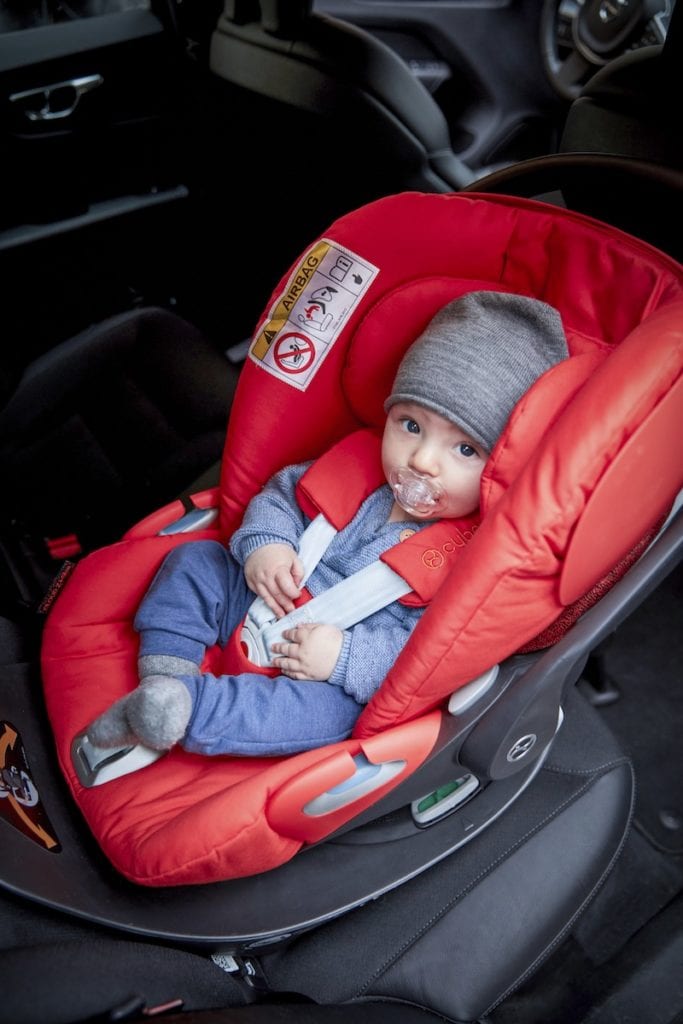59% of children are sitting in the wrong car seats
No data
Latest News
According to a recent study carried out by What Car?, 59% of children are sitting in car seats that have been incorrectly fitted or are inappropriate for them.
Cybex, the global company renowned for its luxurious car seats, baby carriers, and pushchairs, shares its guide on when to move your child from an infant car seat to the next stage car seat to ensure maximum safety for your little one.

Before you make the switch
Deciding when to move your child to the next stage car seat can be daunting, especially as some car seat groups overlap. Before you make the switch, consider the following:
- Height and weight are more important than age – When the uppermost point of the child’s head reaches the highest point in any group car seat and the baby can hold their head (in infant carriers), then it’s time for the next stage car seat.
- Shoulder straps test – If the shoulders straps are level with the baby’s shoulders then the child fits okay within the car seat. If the shoulder straps have to come up and over the child’s shoulders, your child is ready for the next stage up.
- Choose rearward facing for as long as possible – In the UK, according to the latest R129 regulation, parents have to use a rearward-facing car seat for their baby from birth until 15 months. However, it is widely recognised that it is beneficial to use a seat longer than this in the rearward facing position. Therefore, when you transition over, if you can, continue facing your child rearwards for as long as possible for maximum safety.
- Don’t rush to a booster – It is much safer to keep a child in a five-point harness until they reach the right height and weight rather than choosing a booster seat.
Find out more at cybex-online.com.

© 2024 THE MEDIA SNUG ALL RIGHTS RESERVED - COMPANY NUMBER 06380497
